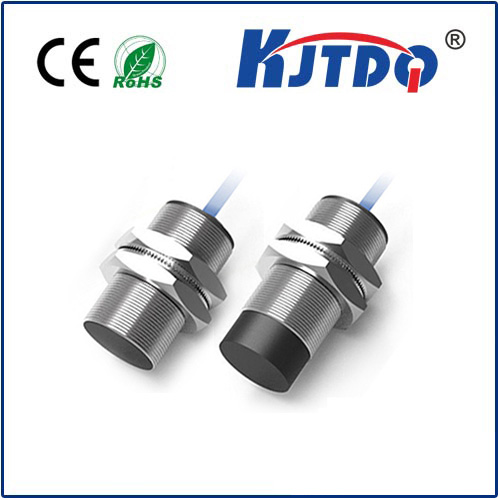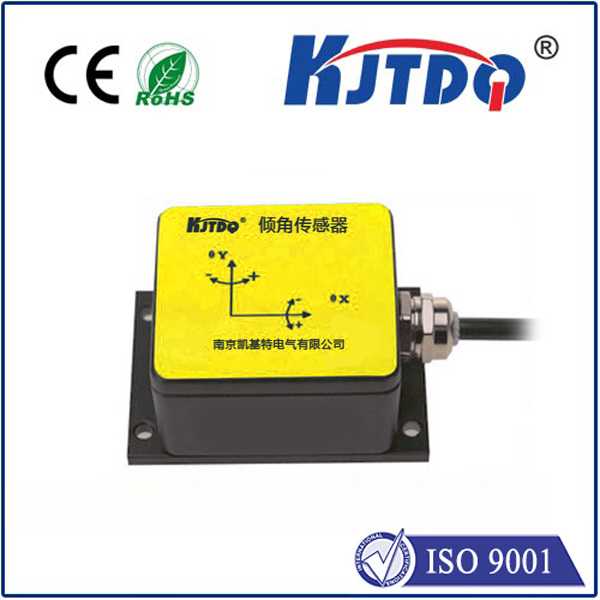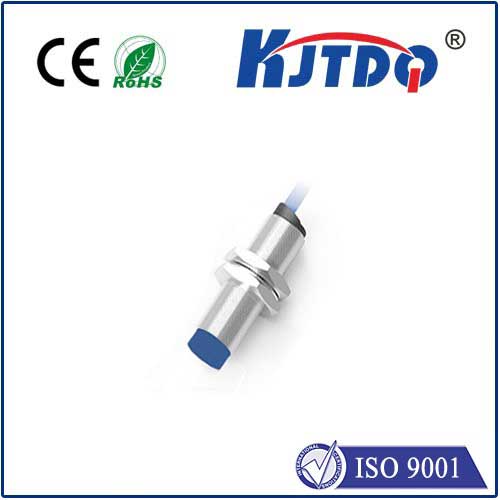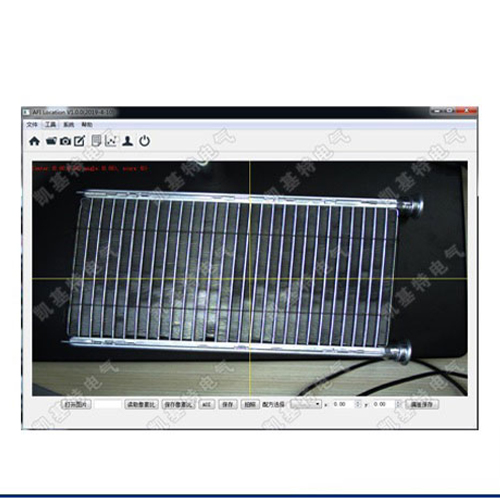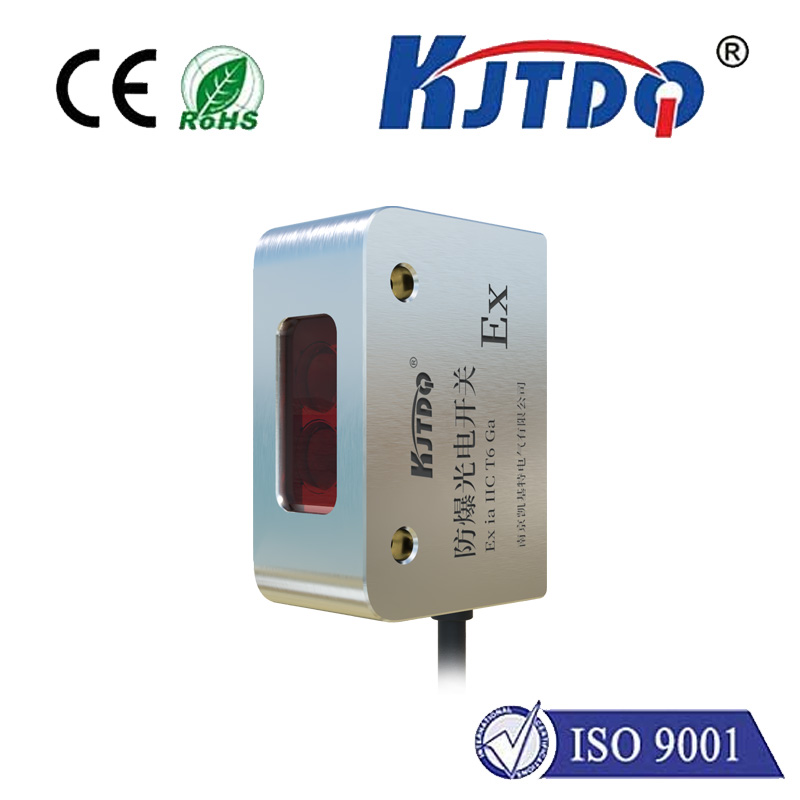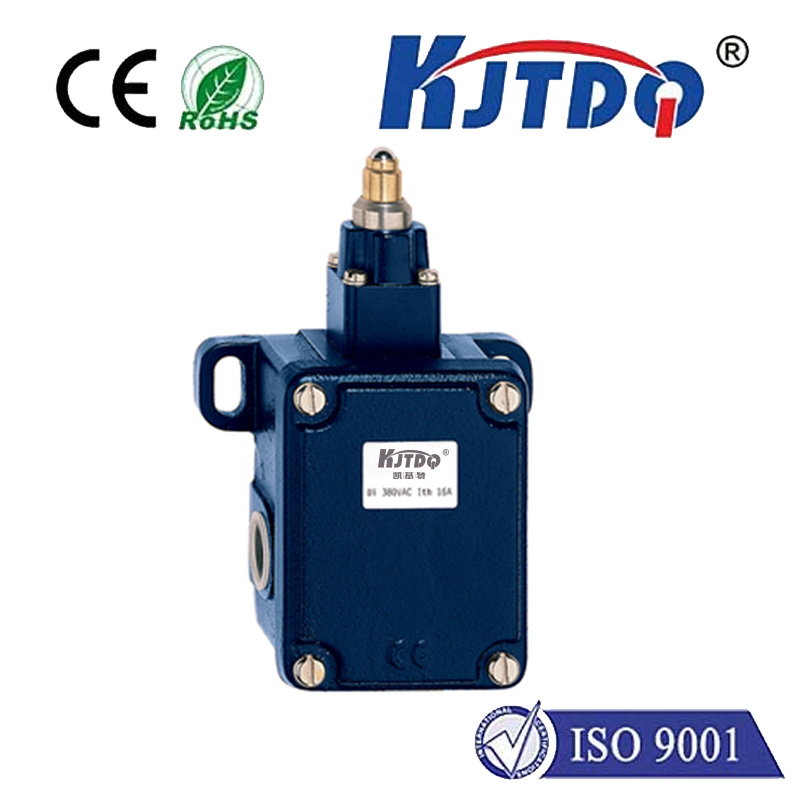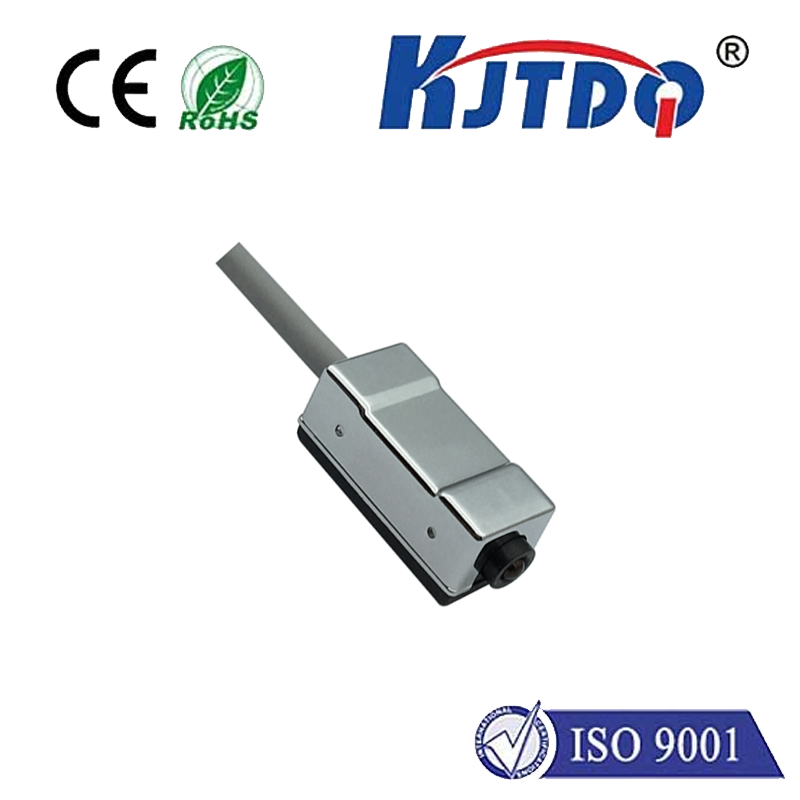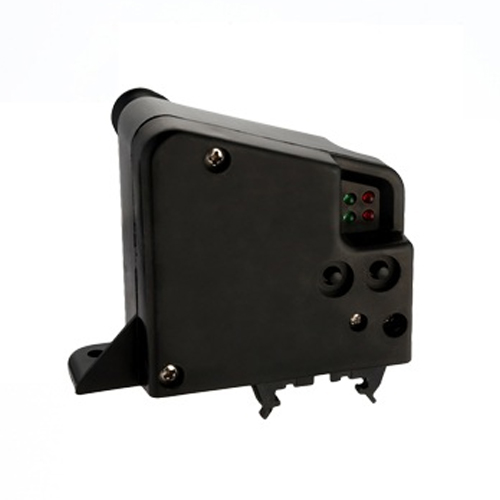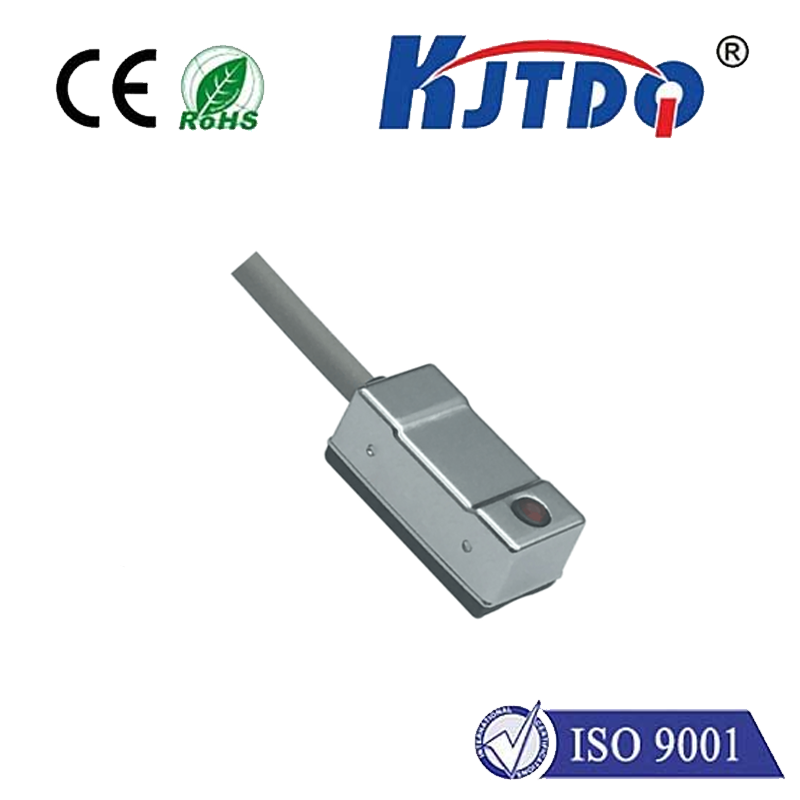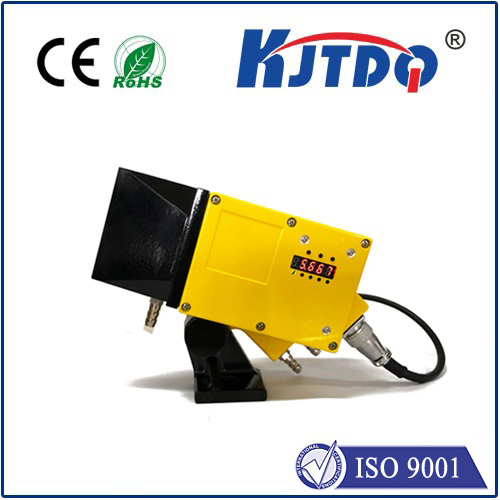

check

check

check

check

check

check

check

check

check

check

Title: Unveiling the Hall Effect Speed Sensor: A Revolutionary Device in Modern Sensing Technologies Introduction In the realm of modern sensing technologies, the Hall effect speed sensor has emerged as a groundbreaking innovation. This article delves into the intricacies of this device, exploring its working principle, applications, and significance in contemporary technology. What is a Hall Effect Speed Sensor? A Hall effect speed sensor is a type of magnetic field sensor that utilizes the Hall effect to detect changes in the magnitude of a magnetic field. The Hall effect refers to the phenomenon where electric charge carriers experience a force perpendicular to both the direction of the electric current flow and the external magnetic field. This force causes the electrons to deflect sideways, creating a measurable voltage difference across the material. The sensor’s sensitivity allows it to accurately measure the velocity of an object, making it ideal for use in various industrial and automotive applications. Working Principle of Hall Effect Speed Sensors To understand how a Hall effect speed sensor works, one must first grasp the concept of Lorentz force. When an electric current passes through a conductor placed in a magnetic field, it experiences a force known as Lorentz force. This force acts perpendicular to both the current flow and the magnetic field lines, causing the electrons within the conductor to move in circular orbits. As these electrons collide with other atoms or molecules, they transfer their momentum, creating a detectable voltage signal. By measuring this voltage, researchers can determine the velocity of the object being sensed. Applications of Hall Effect Speed Sensors Hall effect speed sensors have found widespread use in numerous industries due to their accuracy, reliability, and ease of integration. Some common applications include:
